I'd like to compare two bitmaps or parts of bitmap and see how alike they are.
I've came across some likeness algorithms for string data, like Levenshtein distance, and Jaro–Winkler distance. these, obviously, do not help when it comes to bitmap data.
Can anyone suggest an algorithm for comparing how alike bitmaps are?
EDIT
Thanks for the ideas,links etc.
While all information is helpful in familiarizing with this topic, I'm wondering how to generate images, something more along the lines of this:
